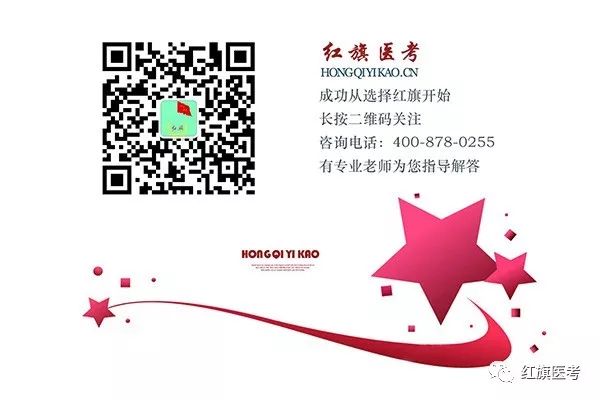Many people are not particularly familiar with the concept of the Fifteen Collaterals. To help everyone understand this concept, I have organized the following information:
The twelve primary meridians and the Ren (Conception) and Du (Governing) vessels each have their own collaterals, along with the large collateral of the spleen, totaling 15, referred to as the Fifteen Collaterals.
The collaterals of the twelve primary meridians branch out from the collaterals located below the elbow and knee joints of the limbs, connecting to their corresponding meridians, meaning that the collaterals of the yin meridians connect to the yang meridians, and vice versa.
The Hand Taiyin collateral branches from Liexue and connects to the Hand Yangming; the Hand Shaoyin collateral branches from Tongli and connects to the Hand Taiyang; the Hand Jueyin collateral branches from Neiguan and connects to the Hand Shaoyang; the Hand Yangming collateral branches from Pianli and connects to the Hand Taiyin; the Hand Taiyang collateral branches from Zhi Zheng and connects to the Hand Shaoyin; the Hand Shaoyang collateral branches from Wai Guan and connects to the Hand Jueyin; the Foot Yangming collateral branches from Fenglong and connects to the Foot Taiyin; the Foot Taiyang collateral branches from Feiyang and connects to the Foot Shaoyin; the Foot Shaoyang collateral branches from Guangming and connects to the Foot Jueyin; the Foot Taiyin collateral branches from Gongsun and connects to the Foot Yangming; the Foot Shaoyin collateral branches from Dazhong and connects to the Foot Taiyang; the Foot Jueyin collateral branches from Ligou and connects to the Foot Shaoyang.
The collaterals of the Ren and Du vessels, as well as the large collateral of the spleen, are mainly distributed in the head and torso. The collateral of the Ren vessel branches from Jiutai and spreads throughout the abdomen; the collateral of the Du vessel branches from Changqiang and spreads to the head, diverging to connect with the Foot Taiyang meridian; the large collateral of the spleen branches from Da Bao and spreads to the chest and lateral sides.
The Ling Shu states: “All of these fifteen collaterals must be seen in reality; if they are deficient, they must be treated. If they are not visible, one must seek them above and below, as the collaterals differ according to the individual’s meridian system.” Additionally, there are superficial collaterals that branch from the collaterals, known as floating collaterals and fine collaterals, which are widely distributed throughout the body.
The twelve collaterals in the limbs strengthen the connection between the two meridians in the twelve primary meridians, facilitating the flow of qi between the interior and exterior meridians, and compensating for the deficiencies in the circulation of the twelve primary meridians. The collaterals of the Ren vessel, Du vessel, and the large collateral of the spleen in the torso communicate the qi of the abdomen, back, and the entire body, distributing qi and blood to nourish all body tissues.

